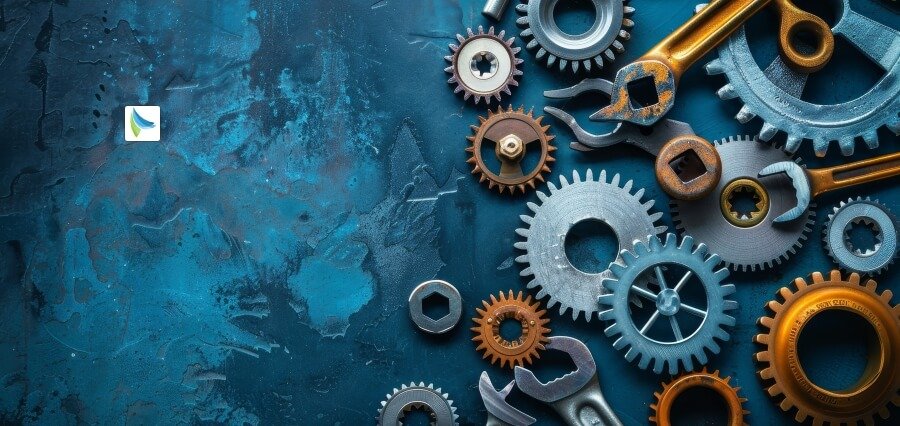When the grid-supplied electricity fails, a generator provides backup power. The word “generator” literally means “electricity generator.” For specific industries, such as hospitals, this is a necessary backup facility. The generators have traditionally been gas-powered, which makes them a little noisy, but as long as you keep feeding them gas, they turn mechanical energy into electricity.
The following are the components of a solar power generator:
- Solar panels
- Power inverter
- Deep cycle batteries
These components work together to collect, use and circulate solar energy.
Tips and Advice On Solar Power Generators Installation
Solar panels may be mounted on your roof, against your house’s exterior walls, or on sturdy stands in a field or broad yard. A solar photovoltaic system design technology is used to generate and absorb energy from the sun’s rays in these power generation systems. Batteries and inverters store and convert the energy into your home’s electrical system, enabling you to use electricity without being connected to the grid.
Every solar panel and stationary energy storage battery needs a solar inverter and rectifier to facilitate the transfer of energy between solar panels, backup battery storage, and household outlets.
A solar power generator usually has a larger battery or storage space, allowing access to electricity even when the sun isn’t shining. When the primary power grid is down due to an emergency or disaster, this is critical. Here’s how to go about it.
Understand Power/Energy Consumption
Understanding the quantity and trend of energy consumption should be the first step in sizing solar power systems. Calculating your energy consumption is, fortunately, an easy process. On the other hand, people tend to size solar generators to meet only their most basic power needs rather than their entire house. Most of us will do without many appliances in the event of a power failure.
To begin, make a list of all of your necessary appliances. Indoor lamps, refrigerators, microwave ovens, laptops or two, and a few other simple devices, such as dishwashers and washing machines, are the most popular choices.
After you’ve made a list of the equipment you’d like your generator to run, you’ll need to add a power requirement value. For this, you’ll need the wattage rating of each appliance. There are two methods for determining this.
- Examining the appliance’s power rating mark.
- Make use of a pre-made list of machines and their wattage needs.
Add up all of the power ratings until you have them all. The total power you’ll need from your home solar generator is the entire sum.
What About Solar System Design Application?
Several considerations must be considered when deciding if photovoltaics are a good fit for your home project. The most critical factor is that a place will not be shaded for most of the day, usually between 9 a.m. and 3 p.m. Wide-open roofs or ground areas with few obstructions are ideal design conditions for a solar photovoltaic system.

When installing a photovoltaic device on a roof, it’s necessary to consider whether the top can support the extra weight and whether the roof can be oriented to the south if it’s not flat. It’s best to use previously disturbed land for ground applications to minimize National Environmental Policy Act (NEPA) enforcement requirements.
Photovoltaic device architecture can be divided into three categories:
- There are no batteries in the device since it is linked to the power grid.
- The device is connected to the electric grid and includes battery storage for backup power.
- The device is not connected to the grid and instead relies on battery storage to meet the location’s power requirements.
The most popular form of application is grid-connected photovoltaic systems with no storage batteries. The emergency battery backup system is recommended if the system is connected to the grid and no vital loads. Suppose the site is not connected to the grid and relies on generators. In that case, an off-grid system with battery storage will minimize or eliminate generator run time, saving money on fuel, service, and maintenance.
Use High-Quality Power Cords
When using your generator, make sure you’re using heavy-duty, high-quality power cords. If you don’t have a transfer switch or use a portable generator for outdoor use, you’ll need wires to link the generator to the appliances. Cords of poor or low quality will fail in the blink of an eye.
It would render the whole procedure ineffective in an emergency. Look for cords that can endure extreme temperatures and conditions. Make sure all cables and links are kept away from water and animals that might chew them. Special generator cords that can withstand high voltage and extreme temperatures are available on the market.
In the end, you can’t have portable solar panels and a generator running at the same time. Electrical isolation must be maintained at all times. If solar inverters detect voltage from a generator, they will coordinate with it and feed power back to it. Solar inverters attempt to send power to the electric grid if the solar output exceeds building loads. The grid can accommodate this small amount of back feed because it acts as a massive “battery” of sorts. Typical backup generators for homes are unable to do so.
| Click Here For More News and Blog |


















